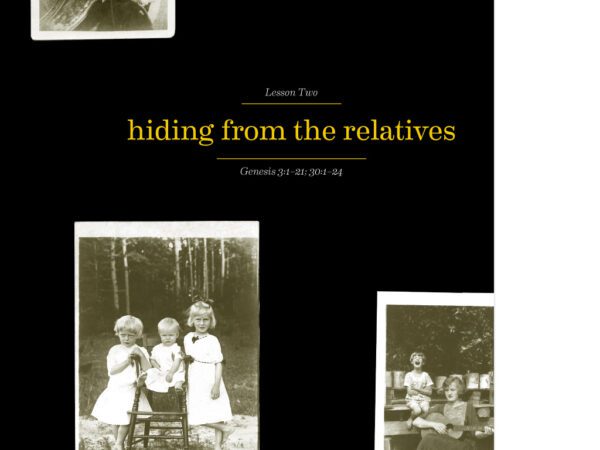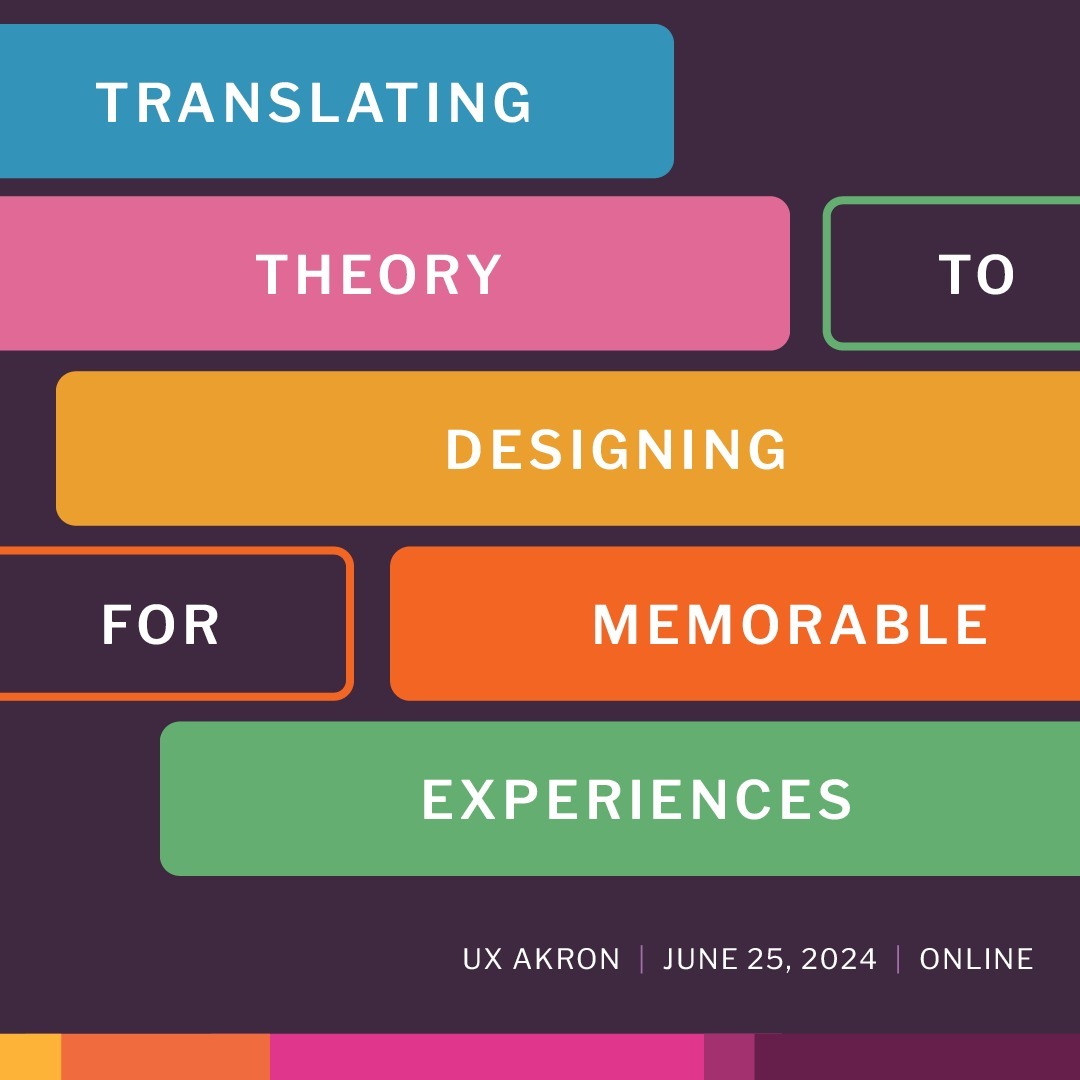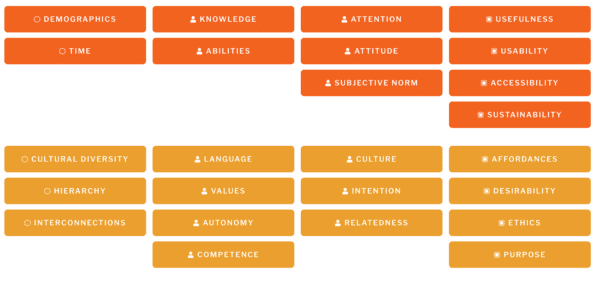Dennis Cheatham
Design isn't about design. It's about a person's experience.
Design isn't about design. It's about a person's experience.
Whether a person is drinking coffee, plowing a field, or telling their sister they love them, what people use to do these is not the point—their experience while using them is what matters. As much as designers like to celebrate their beautifully crafted or technologically advanced work, if the design gets in the way, it fails.
I examine the interplay between contexts, people, and design to better understand these experiences—why they fail or flourish, their inner workings, and how to design for better experiences.
Featured Research
Latest Stories
Updates and stories on this site.
Recent Scholarship & Speaking



